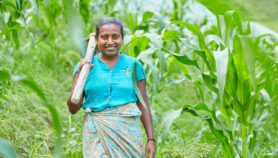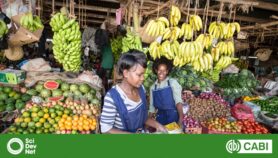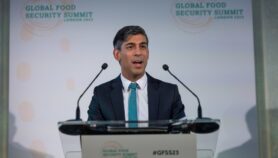By: Maina Waruru
Send to a friend
The details you provide on this page will not be used to send unsolicited email, and will not be sold to a 3rd party. See privacy policy.
[NAIROBI] Insurers will use satellite images of vegetation to assess Kenyan farmers’ claims for cattle deaths during drought.
In a pilot project due to start in early 2010, the Kenya-based International Livestock Research Institute (ILRI) will analyse freely-available satellite data to observe changes in vegetation in northern Kenya. The technology works by detecting changes in light reflected by live and dead vegetation.
If, during a drought, livestock die, farmers signed up to the scheme can file a claim with the insurers. ILRI will check satellite data to see if vegetation in the area has died and inform the insurer whether to pay money for new animals, bypassing the need for insurers to verify the animal deaths in person. Farmers will pay a premium of between US$50–100 for 6–8 animals a year.
This is the first time that such a scheme will be used in the developing world, according to Andrew Mude, an ILRI economist and lead researcher on the project. If farmers find the scheme acceptable during the pilot, it will be expanded to the whole country, he told SciDev.Net.
"With the use of satellite-generated data it will be easy to measure the greenness of the vegetation and ascertain that animals were indeed dying from lack of pastures," he said.
ILRI will work with insurance companies to administer the scheme, with Kenya’s Equity Bank and UAP insurance company already expressing an interest. The satellite data will come from the US government’s National Oceanic Atmospheric Administration.
Mude said that losing animals to drought is the biggest threat to livestock in the country and the scheme will not include deaths from disease or conflict.
He said that while the use of satellite technology in monitoring vegetation in developing countries was new, USAID had always included countries such as Kenya in its Famine Early Warning System Network (FEWS NET), which monitors the food security of countries.
The project is funded by the World Bank and the United States Agency for International Development (USAID). The UK Department for International Development (DFID), the Rockefeller Foundation, and US-based Cornell, Wisconsin and Syracuse universities are also partners in the project.













